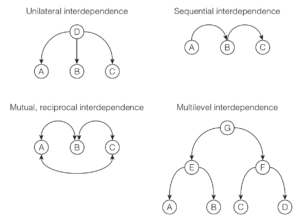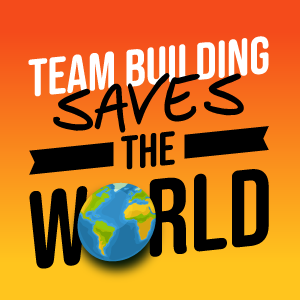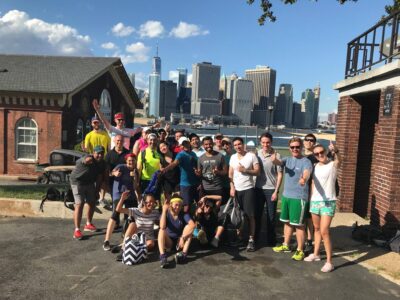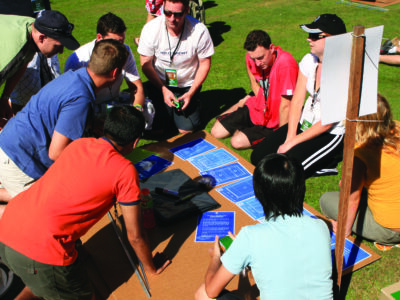As members of the workforce, it is essential to have an understanding of how other people function in social settings. Gaining this understanding of other people’s habits, behaviors, wants, and norms help workers manage other people better, work with peers more effectively, and create a better team culture and environment. A critical aspect of this is understanding that involves group dynamics. An individual may act one way while alone, one way while they are with their work team, and another way while they are with their family. Below, we break down group dynamics, how groups can impact individual behaviors, and the categories of groups.
First, what is a group?
In order to understand the way people behave in group settings, we first need to define exactly what a group is. The simplest definition of a group is two or more people connected together by social relationships.1
Group dynamics psychology is the understanding of patterns, roles, behaviors, structure, and communication within groups.
What are the 4 varieties of groups?
Groups can be broken down into 4 varieties:1
1) Primary Groups
Primary groups are collections of people like families, romantic couples, and close friends, which exist in intimate social settings and are expected to last over a long period of time.
2) Collectives
Collectives are a grouping of people that are drawn together by an activity, experience, or event but dissipate as soon as the experience ends. A group of football fans would fall under the category of collectives, along with audience members at a concert or riders on a crowded train.
3) Categories
Categories are broad, overarching collections of people that are similar to each other in some way, like “Christians” or “LGBT+ individuals” or “American Citizens.” While people within these groups may feel a vague sense of kinship with each other, they can’t be expected to know every other person within their group.
4) Social Groups
Social groups are the kinds of groups you’re most likely to find within an office setting. Social groups can include sports teams, parent groups, workgroups – basically, any group of people that are working together is to accomplish a goal. This kind of group exists for different reasons than a primary group and requires more structure than collectives because they are striving towards a common purpose.
How does structure impact group dynamics?
Structure is an important element of all groups, but especially so in task groups. The way in which groups are structured determines their dynamic, how they function, and how they rely on each other. For all group structures, there is a certain amount of interdependence or a sense of relying on each other in some way. However, the forms of this interdependence can change as the structure of the group changes.
The images1 to the left show several diffe
How do you determine if a group will succeed or fail?
Personality types can very strongly affect the success or failure of any given group. Group members who block communication by shifting responsibility and blame to other members or by being too accommodating and unable to drive forward motion can cause the structure of interdependence to fall apart.
Groups with members who are naturally inclined to be supportive of the others within their structure, or are particularly good at mediating conflicts, have as profound an impact on a group as their negative counterparts2.
One of the tricks to making a social group function smoothly is identifying the people within the group with personality traits that will encourage productive workflow and putting them in positions within the group that will allow them to do so. The strength of the interpersonal relationships within a group can determine how well they function as a whole.
Interested in fostering healthy group dynamics in your organization? Check out our variety of virtual, in-person, or hybrid team building activities to improve your team’s trust, communication, and collaboration.













